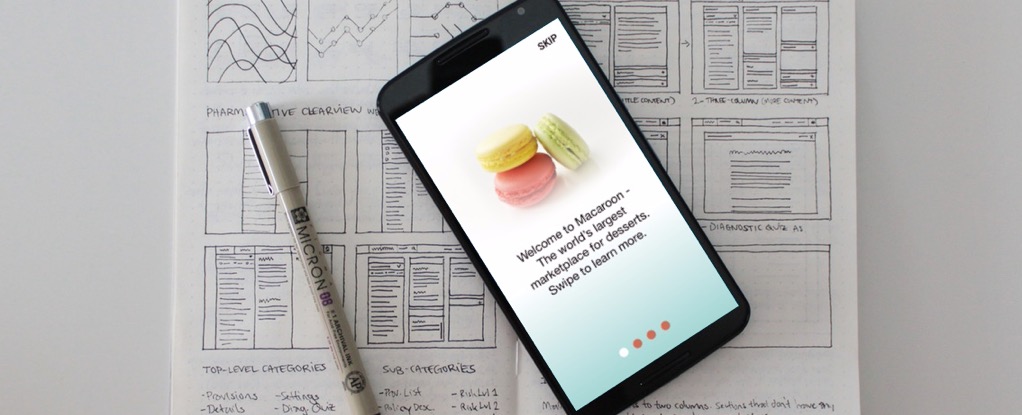
Regardless of whether you celebrate Easter, chances are you’re familiar with the custom of hunting Easter eggs. Kids (and often their parents) love seeking out those hidden treasures, and take pride in showing off their discovered bounty.
Not so with apps. Unfortunately, unlike Easter-egg-hunters, your mobile app users will not put as much effort into finding the hidden gems inside your app. In fact, the opposite is true. They will put in the least effort possible, if at all. That is why the value your app delivers must be both immediately apparent and easily discoverable.
As consumers in the mobile app economy, we get this instinctively. But it’s also backed by numbers. Consider that more than 80% of apps are used once and then deleted. Only 16% of users will give your app more than two chances to wow them. The bottom line is that you can’t afford to have your app’s capabilities and value hidden.
But here’s the rub: you’ll need more than just a well-designed user interface to present your app’s capabilities to your users. Here are tips for wowing your app users from the get-go:
1. Onboarding:
For all but the simplest of apps, a concise onboarding experience is a great idea. The most important thing to remember is that onboarding is about reaffirming with the user that installing your app was a good idea to begin with. Focus the onboarding process on the core value your app offers and the features that are most important in realizing that value.
The onboarding experience is also an excellent opportunity to drive forward key activities. Whether it’s creating a new profile or learning how to leverage the app’s killer features, driving new users to immediate action is a great way to foster engagement and avoid having your app enter the realm of the “Once Used Wonders.”
2. Restraint + Context:
Your app probably has several great features that you are eager to share with new users. Why not bring them all out at once when users launch the app? Not so fast… best here to practice restraint. You have probably experienced an app that starts out with an endless parade of onboarding screens or tooltips. It’s frustrating and ultimately ineffective because users will simply skip or ignore these tips after being bombarded by the first few. In other words, too much information = zero information. This is where “phased onboarding” comes in. Include a tooltip that explains a feature only when the user reaches a specific point in the app. As you gather data about a user’s app activity, you may choose to send an in-app message pointing out an overlooked feature that would likely appeal to them. A progressive and contextual approach to feature disclosure gives you the best chance of not only retaining users, but also increasing the time they spend on the app.
3. Evolve:
Times change, people change, preferences change, but your app remains the same? Why? A static app is one that will eventually be forgotten. To build lasting value for your app and to keep it useful and compelling, it must constantly evolve, with new features and updates to existing ones. But an evolving app also means updating and reviewing user guidance according to new and updated features. Also keep in mind: not all users need the same type of guidance. For example, guidance regarding changes to existing features is important for existing users as opposed to new ones. As you formulate a user guidance strategy at each major app release, make sure you tailor it to the context of your user groups.
Some treasures are best buried forever. Not so the killer features on your app. Make it easy for your users to discover these gems, and your app will be celebrated, not forgotten.
